SNMP Daemon Configure
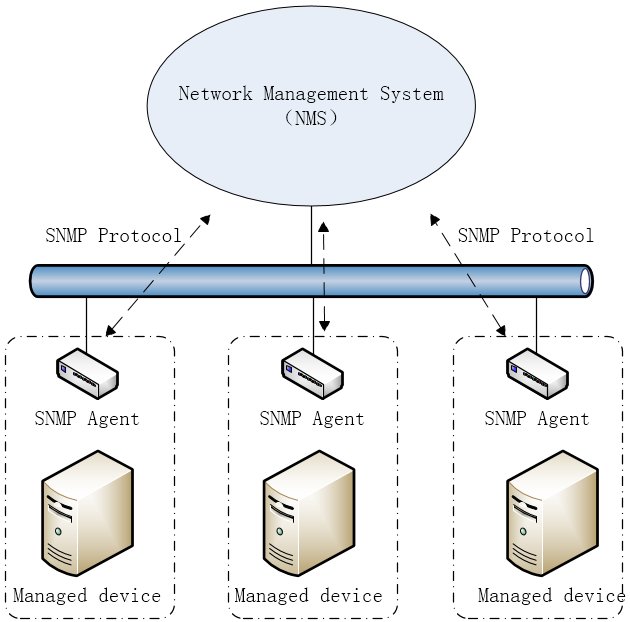
In the system administrator world, a large part of the work is to monitor the servers and all systems in infrastructure to make sure of their correct operation and to prevent any kind of malfunction or problems.
One protocol that allows devices to share their status with a monitoring server is SNMP, which is widely used in the networking world, in switches, routers, firewalls, or access points. SNMP’s main benefit is that, if the device supports it, it is very easy to remotely query them for their status and even change their configuration.
Pi-hole Docker Install

Pi-hole® is a DNS sinkhole that protects your devices from unwanted content, without installing any client-side software.
We will use Pi-hole as our DNS server in our local network in order to block ads on all devices. It is important for Pi-hole to be run on a device or server that is constantly running, as we will configure our router to point to this device for any DNS query. So without it running we will not be able to access any webpage.
SUI Configure
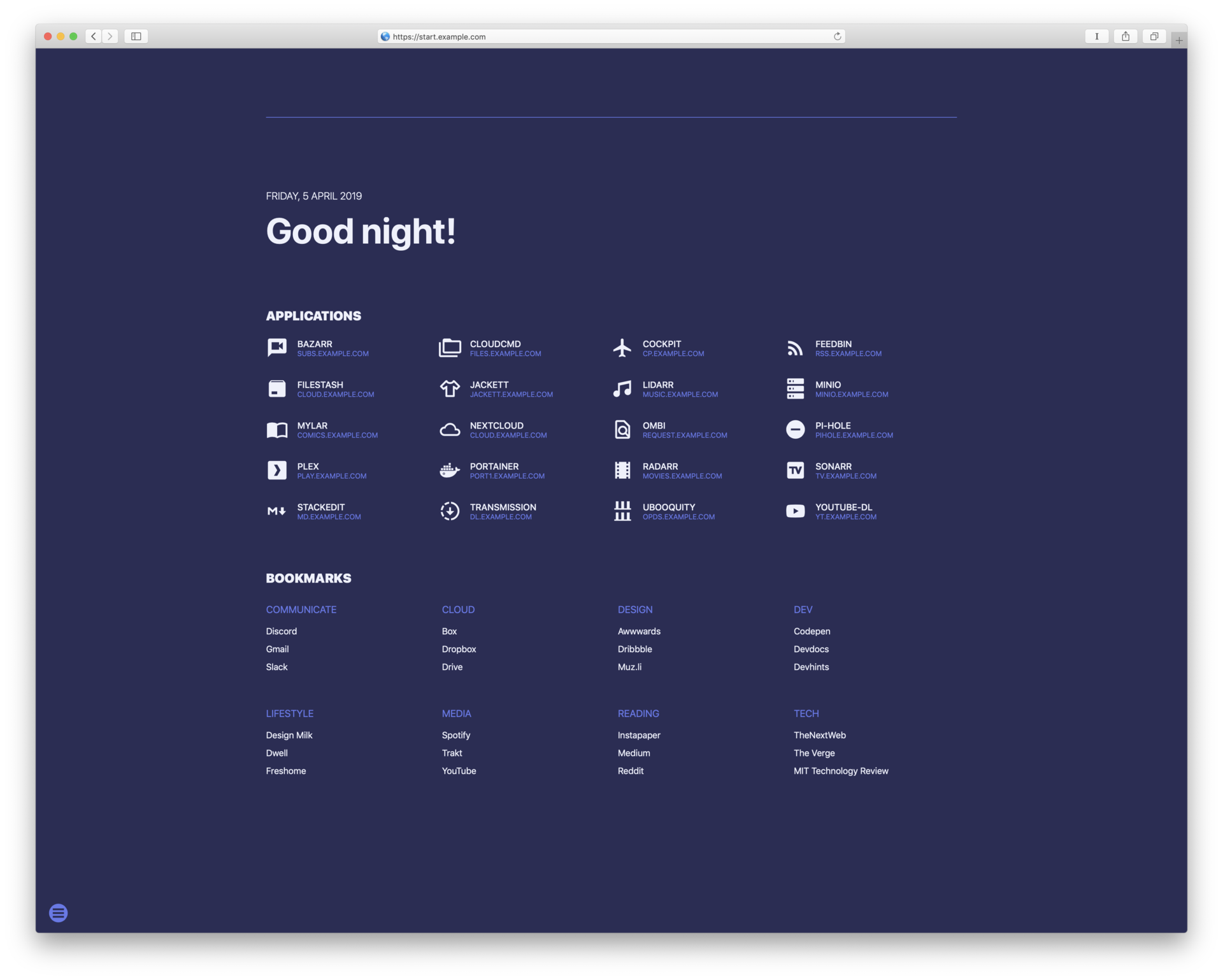
SUI is a startpage for your server and / or new tab page. It offers some similar functionalities as Homer.
We can use this app in order to have a homepage for all our services, apps and links of our server into one place, and edit only some json files for the content.
This guide assumes, that Docker and Docker Compose is already installed in your system.
Run Using Docker Clone the repository in your system and navigate into it:
GPG Keys - Create & Use
Introduction If you are into Linux or the Security field you most likely have heard the terms: PGP, GPG, GnuPG, OpenPGP. They sometimes are being used interchangeably to describe e.g. how to encrypt mails or how to verify signatures of installed programs and packages. It might be difficult for new users to understand the differences, and how the PGP encryption works, but it is simple if explained.
PGP: Pretty Good Privacy (PGP) is is an encryption program that provides cryptographic privacy and authentication for data communication.
HTTPS & SSL Certificate & Certbot
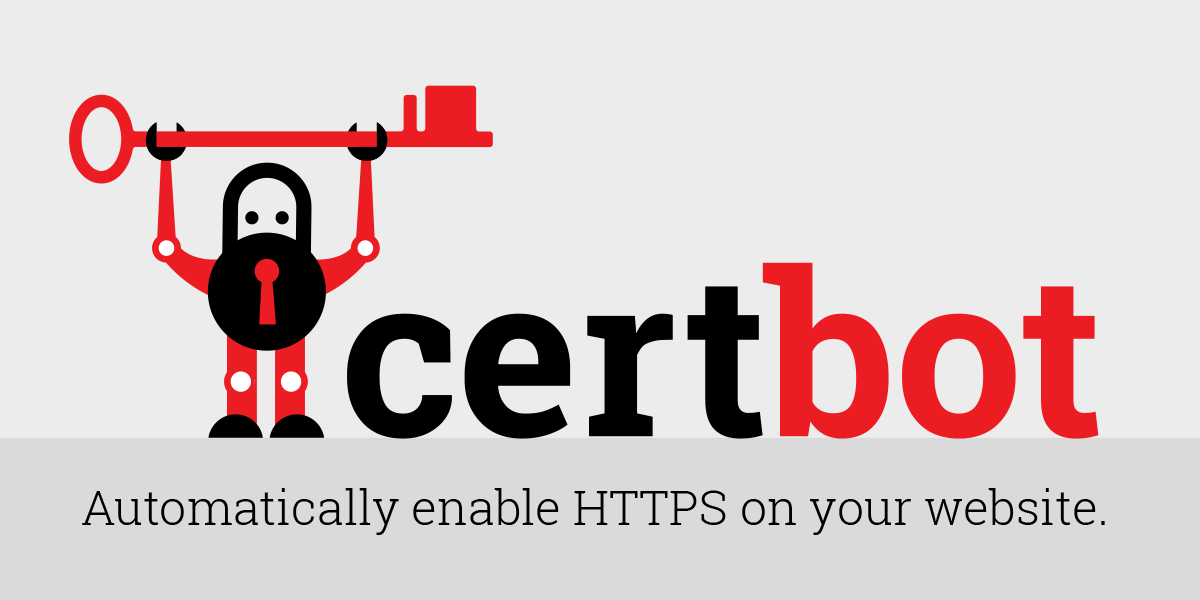
In this post we will see, how we can get an SSL certificate for our Apache or Nginx server with Certbot from Let’s Encrypt.
Prerequisites An Ubuntu or Debian server (tested on Ubuntu 18.04 and Debian 10) that you have SSH access and root or sudo privileges.
You can follow the SSH Server & UFW Configure guide to set up SSH best practices and configure a basic firewall.
Nginx Install

In this post we will see how we can install the Nginx web server in our Ubuntu server, and how to configure it to serve some files.
If you have already a web server installed, like Apache, you either have to uninstall it or change the default port that is listening because it will conflict with Nginx.
Install Nginx We install nginx and any required dependencies:
sudo apt install nginx Adjusting the Firewall After you have followed the initial server setup and enabled the UFW firewall, make sure that your firewall allows HTTP and HTTPS traffic.
Node-RED Install

In this post, we will see how we can run Node-RED using Docker Containers on our Ubuntu Server. Node-RED is a flow-based development tool for visual programming, for wiring together hardware devices, APIs and online services as part of the Internet of Things.
The light-weight runtime is built on Node.js, taking full advantage of its event-driven, non-blocking model. The flows created in Node-RED are stored using JSON which can be easily imported and exported for sharing with others.
Home Assistant Install
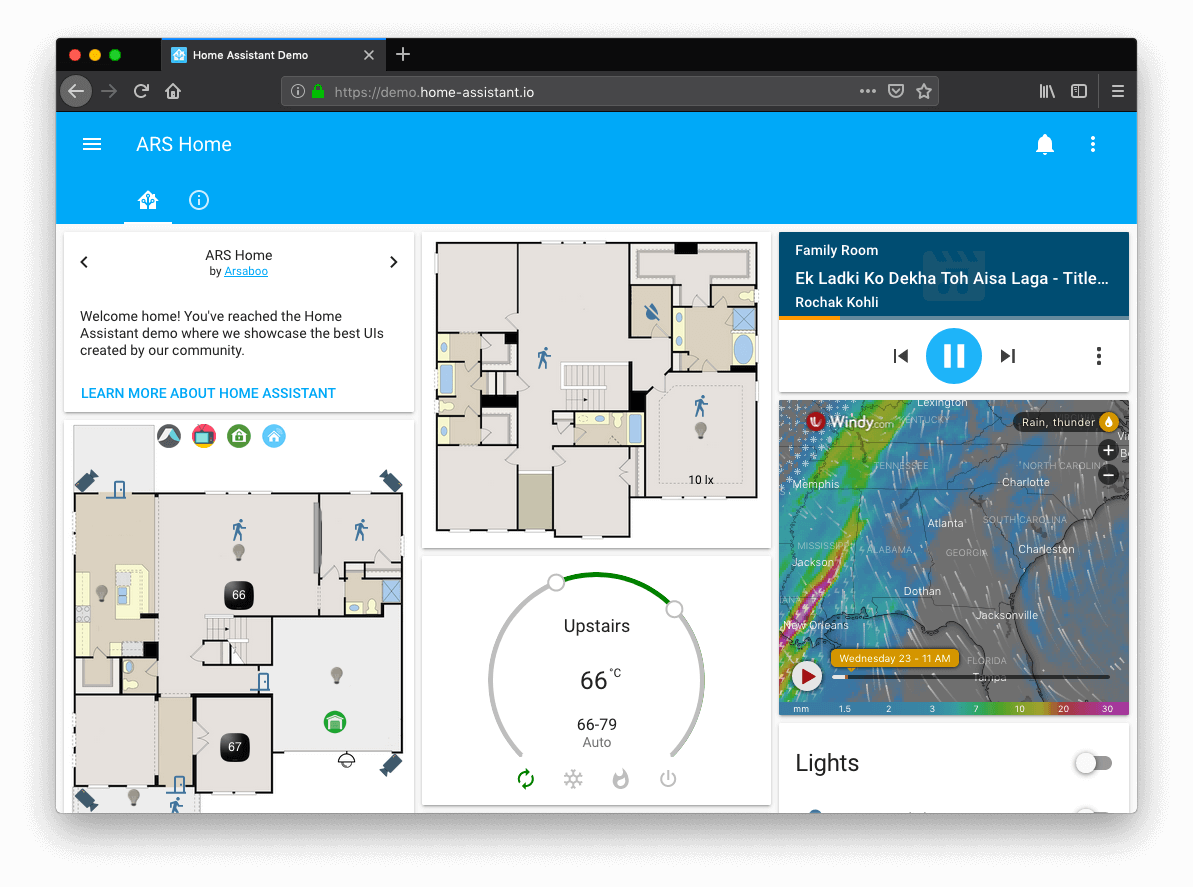
In this post, we will see how we can run Home Assistant using Docker Containers on our Ubuntu Server. Home Assistant is an open source home automation tool that we can run on a local server to integrate with another Smart Home service or sensors and micro-controller.
There are a lot of installations method available, that you can find in the Installation page of Home Assistant, but we will use Docker containers to easily deploy the software.
Portainer Install
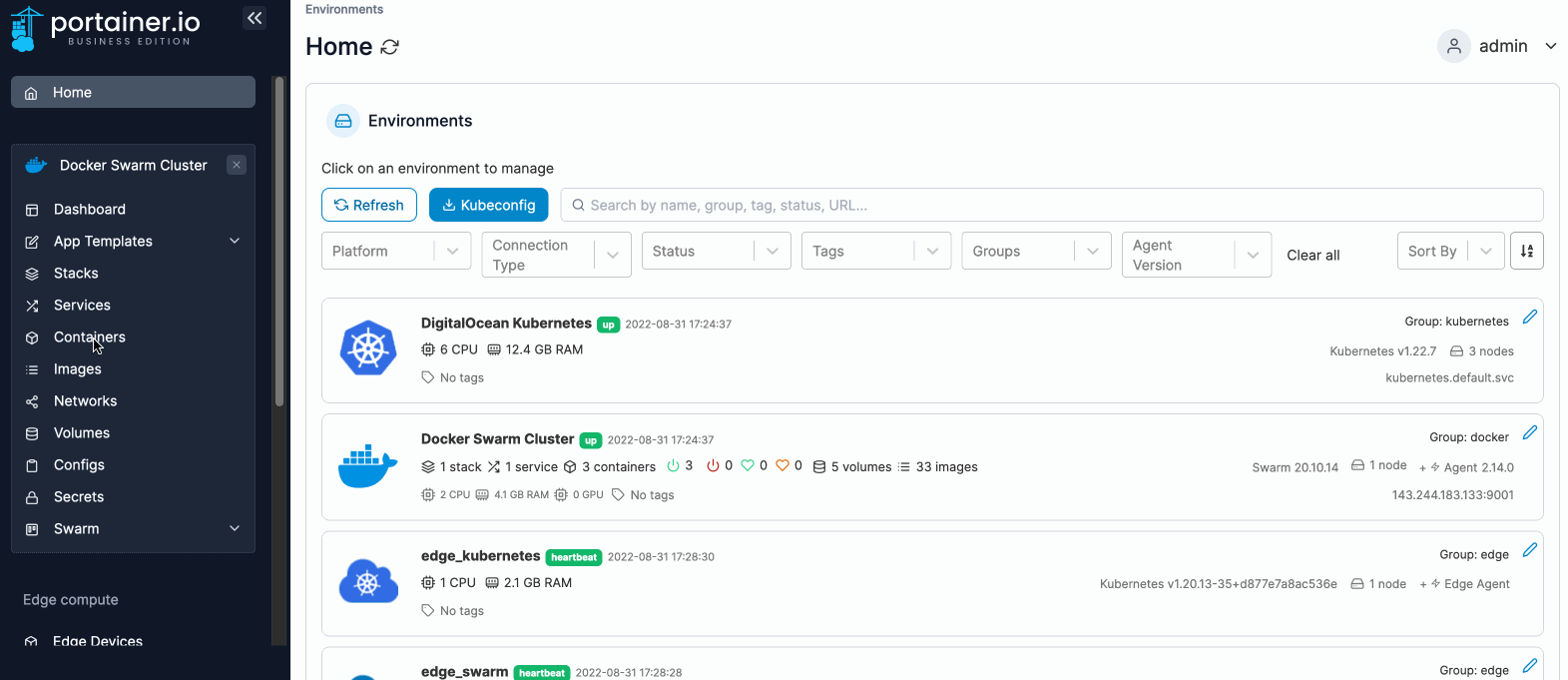
In this post, we will see how we can run Portainer in order to manage our Docker containers. Portainer offers a Web UI that we can use to build and manage containers in Docker, Swarm, Kubernetes and Azure ACI. If you have not already, see how to install Docker on your Ubuntu/Debian server.
Portainer comes in two flavours Portainer CE and Portainer Business.
Portainer CE is open source, free forever and used by more than 500,000 developers worldwide.
Grafana Configure

In this post, we will see how we can install Grafana in our Ubuntu Server. Grafana is an open-source data visualization and monitoring tool that can easily be integrated with other tools.
We will install Grafana in our server as a service and not in a container.
We have more than one way to install Grafana:
By downloading the Linux binary By downloading and installing the .deb package By installing from the official repository We will show the last method, because we don’t have to manually update the package ourselves.